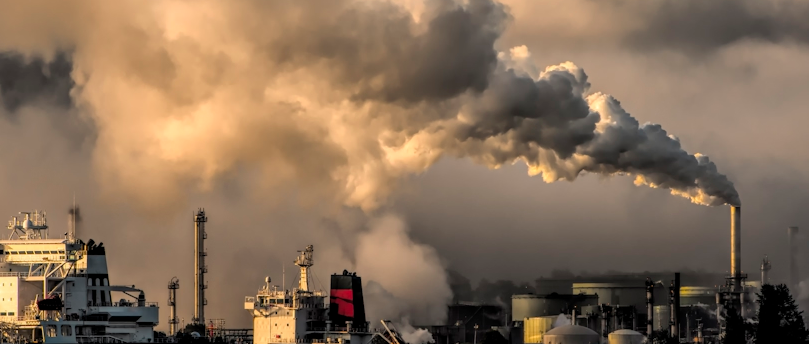Understanding Air Pollution
Air pollution is a complex mixture of particulate matter (PM), nitrogen oxides (NOx), sulfur oxides (SOx), carbon monoxide (CO), and various organic compounds. Its sources can be natural, such as wildfires and dust storms, or anthropogenic, including vehicle emissions, industrial discharges, and residential heating. The composition and concentration of pollutants in the air fluctuate based on location, weather, and human activities.
How Air Pollution Aggravates Respiratory Conditions
Exposure to air pollution has been linked to a variety of respiratory issues. Short-term exposure can lead to immediate effects such as coughing, throat irritation, and shortness of breath. Long-term exposure is more concerning, as it can exacerbate chronic conditions like asthma, bronchitis, and chronic obstructive pulmonary disease (COPD). Pollutants such as ozone and fine particulate matter (PM2.5) can penetrate deep into the lungs, causing inflammation, reducing lung function, and increasing the frequency and severity of asthma attacks.
Strategies to Protect Yourself from Air Pollution
While it is challenging to avoid air pollution entirely, certain strategies can help mitigate its effects on respiratory health. Staying indoors during high pollution days, using air purifiers, and wearing masks designed to filter out airborne particles are practical steps individuals can take. Additionally, implementing a healthy lifestyle that strengthens your immune system – such as regular exercise, a balanced diet, and adequate hydration – can make your respiratory system more resilient.
Advocacy and Community Action
Individual efforts, while essential, are not sufficient to combat air pollution comprehensively. Advocacy and community action are crucial to drive larger changes. Supporting policies that aim to reduce emissions, improve air quality standards, and promote cleaner technologies can have a long-lasting impact on public health. Communities can also engage in local initiatives such as tree-planting campaigns and carpooling programs to reduce their carbon footprint and enhance air quality.
Conclusion
Personal responsibility and collective action: While individual protective measures are important, addressing air pollution at a societal level is crucial for long-term respiratory health. Personal actions are the first step, but collective commitment and policy-driven change are essential to tackle the root causes of air pollution.
Future outlook: Continued efforts to reduce air pollution through technological, regulatory, and behavioral changes can lead to significant improvements in public health and respiratory well-being. Progress in cleaner energy sources, stricter emissions regulations, and global cooperation provides a hopeful outlook for a healthier future.

